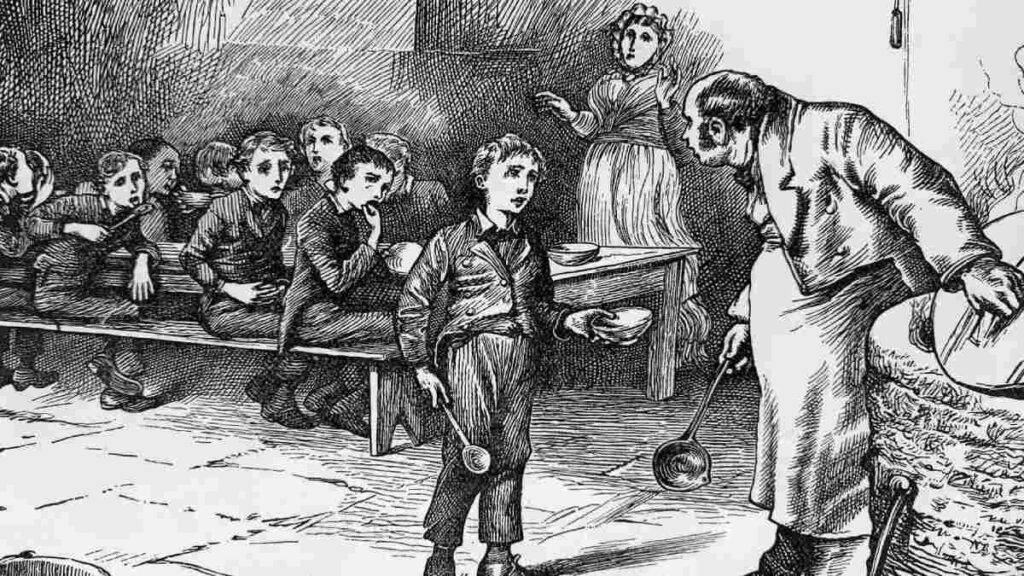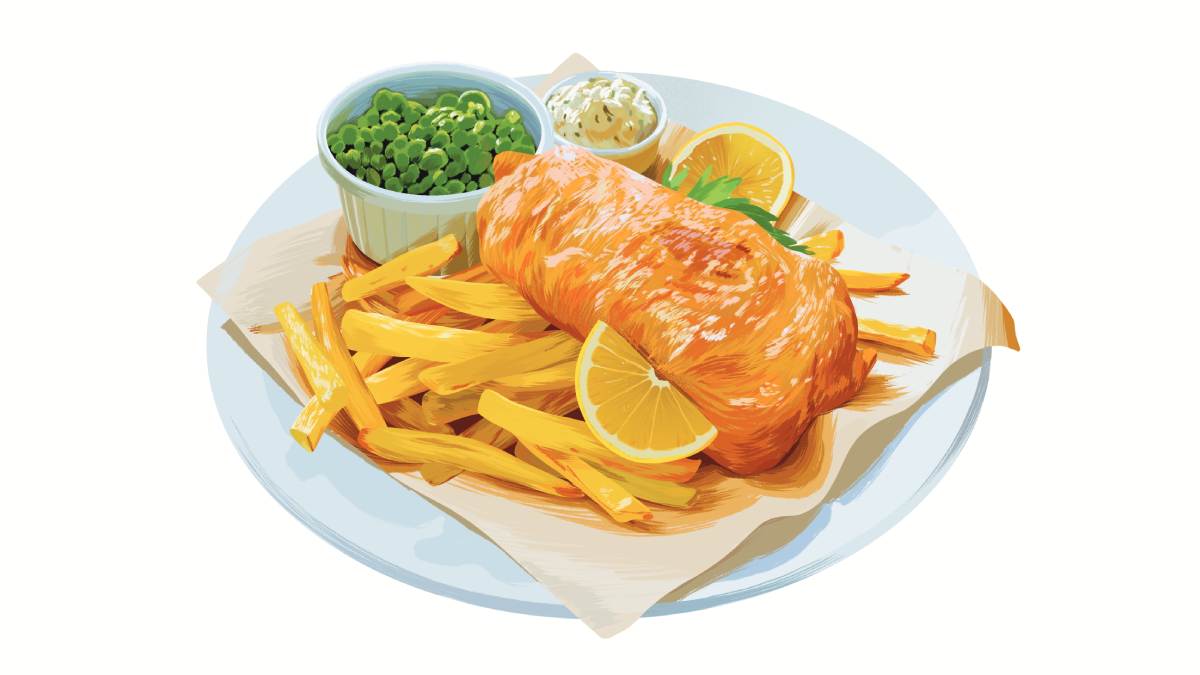Click here to read the Spanish version.
Fish and chips is as British as the pompous ceremonials, the white ermine in Westminster Abbey, the Savile Row tailor shops or raising your little finger while sipping your earl grey tea. This dish of working-class origin paradoxically sneaks into that snobbish list to build the nation’s cultural identity. Fog, soccer and fish and chips are the trilogy of the nostalgic evocation of an England of rough but gallant sailors, who brought to the table the cod they fished hard in the North Sea to feed their countrymen.
The history of the dish begins with the persecution of the Jews in the Iberian Peninsula, during the 16th century. Many of them ended up in England, taking the fried fish with them. It was a Sephardic dish that they used to eat on Fridays. The leftovers, cold, were eaten the next day on the Sabbath, the Jewish day of rest, when cooking was not allowed. The secret was the use of oil, which sealed the flavors, made the flour crispy and the fish very tasty. To those ruddy islanders accustomed to lard, frying in oil seemed revolutionary.
It was not the only trip that this fried food undertook from our peninsula: the Japanese tempura arrived in Japan by the hand of the Spanish and Portuguese Jesuit missionaries, and owes its name to the Lenten season, when the Christians exchanged red meat for fish. From England it jumped to the Netherlands, which was also captivated by fish frying. And from there, it went to the United States, where President Thomas Jefferson became a fan of pescaíto.
Jews first settled in London’s East End. The cradle of cockney (the language of London’s underworld), Iron Maiden and West Ham, it was also the scene of Jack the Ripper’s crimes. A slum that, because of its popular character, would become enduringly associated with unpleasant smells, bad behavior, poor hygiene and disease. Sephardic-style frying attracted the attention of the inhabitants of the islands.
That it was a humble dish is shown by the fact that Dickens alludes in his Oliver Twist, of 1837, to the fried fish stores that marked the not very recommendable neighborhood of Saffron Hill, “commercial colony and emporium of raterías”, of desperate poverty, where there was no lack of fried fish, along with barber shops, breweries or second-hand stolen clothing stores.
The two centuries that separate its arrival in the British Isles from its boom are exactly how long it took to consolidate trawling in the North Sea and the development of the railroad, thanks to which fish could reach urban areas in optimum freshness conditions. The booming industrial revolution boosted business with steam for the fleets and cold for the refrigerators. Fish became cheaper.

But it still had to be accompanied by the canonical garnish: French fries. The English already enjoyed them separately. Chips had been known as something edible since the 18th century, and were usually seasoned with orange zest. Since then, the potato has become a staple food among the poor, a fundamental part of the diet in rural Ireland. They could also be fried.
In the Victorian era, fried potatoes were everywhere, whether in the form of delicate straw potatoes in upper-class salons or as fried sticks in street stalls. A Jewish fishmonger who emigrated from Eastern Europe, named Joseph Malin, was the first to come up with the idea, in 1860, of putting fried fish and potatoes together in a store in the East End. A cheap, tasty and satiating dish served in newspaper. Until then, fried potatoes were only sold in Irish stores. It was the first chippie, the name for fish and chip stores, in history. Its public was working class.
By 1888, there were 10,000 chippies in the UK. By 1910, 25,000, despite official medical and social literature classically denigrating fish and chips as a terrible diet. Only the First World War, with inflation and the rising cost of raw materials, put a brake on the national “friersmania”. In World War II, fish and chips had to be taken off the ration cards because of its popularity. The fish was not the best, but morale remained high.
In 1928 Harry Ramsden’s in the north of England became the first British fast food chain. By then, two-thirds of the white fish landing on the coast was ending up in the fryer. Gradually, fish and chips began to gain popular esteem, gaining favor from all walks of life. In each region a particular taste has developed. Yorkshire prefers haddock, garnished with pea puree. Lancashire opts for hake and the Northeast for dogfish with curry sauce or mayonnaise.
Today polystyrene trays have replaced the sticky sheets of newspaper. With its touch of salt and vinegar, fish and chips is in its own right the great national dish of the United Kingdom.
Cover illustration: Leonardo Berbesí.

